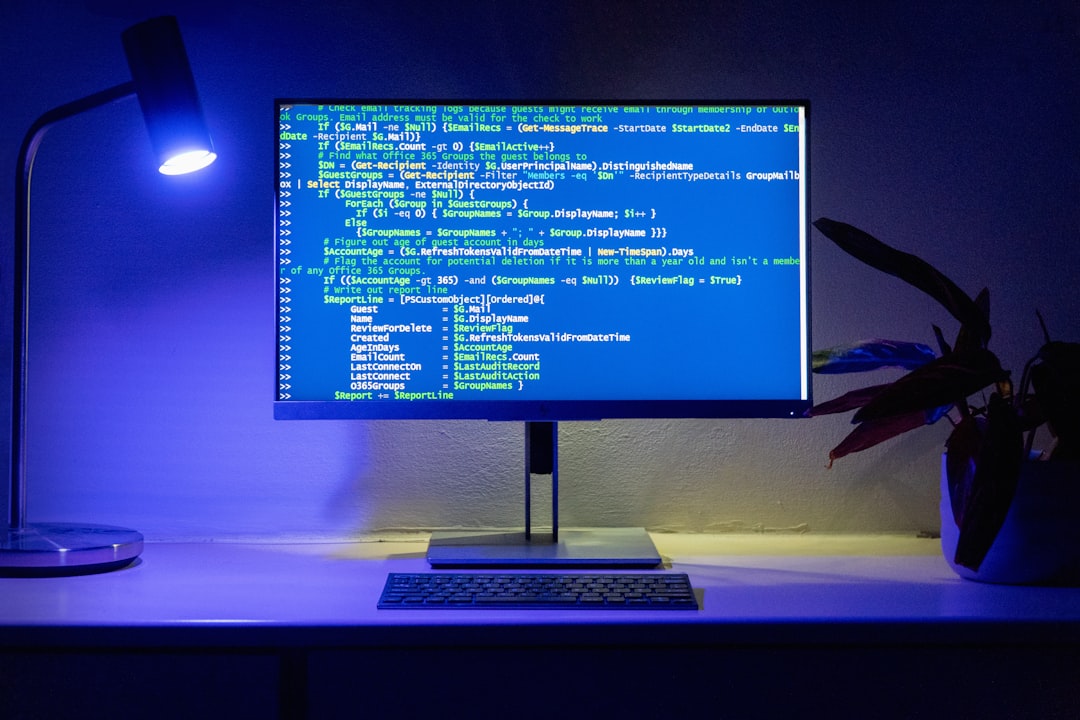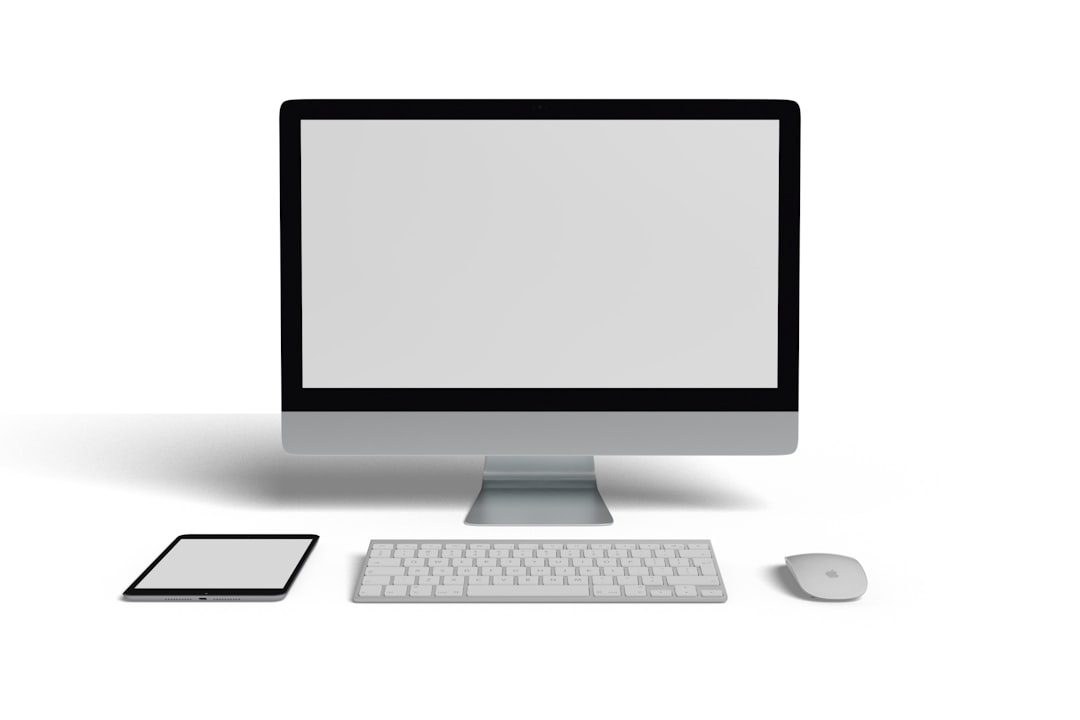If you’ve encountered the infamous Windows 10 error code 0x80070490, you’re not alone. This issue usually appears when trying to install system updates or during certain app installations from the Microsoft Store. While the error may seem daunting, it’s solvable with a few methodical troubleshooting steps.
TL;DR: Error code 0x80070490 in Windows 10 generally appears during Windows Update failures or system file corruptions. To fix it, start with the Windows Update Troubleshooter, try running the System File Checker, or reset the update components manually. If all else fails, a repair install may be required. You don’t need to be a tech guru—just follow the steps below.
What Causes Error Code 0x80070490?
This error usually stems from corrupted system components or issues with the Component-Based Servicing (CBS) or System Component Store. When these subsystems become corrupted, the update process cannot function properly, resulting in error code 0x80070490.
Here are some common triggers:
- Corrupted or missing system files
- Failed updates
- Issues in the Windows registry
- Conflicts with antivirus software
- Malfunctioning Windows Update components
How to Fix Error Code 0x80070490 in Windows 10
The fixes for this error are fairly straightforward. Follow these methods in order for best results.
1. Run the Windows Update Troubleshooter
Microsoft has built-in tools designed to address update-related issues automatically.
- Go to Settings.
- Click on Update & Security.
- Select Troubleshoot from the left menu, then choose Additional troubleshooters.
- Click on Windows Update and run the troubleshooter.
This tool will scan for common problems and attempt to fix them without your intervention.
2. Use the System File Checker (SFC Scan)
If system files are corrupt or missing, the System File Checker can repair them.
- Type cmd in the Windows search bar, right-click on Command Prompt, and choose Run as administrator.
- Type the following command and press Enter:
- Wait for the scan to complete. This may take several minutes.
sfc /scannow
If the SFC tool finds any issues, it will automatically attempt to correct them.
3. Run the DISM Tool
If SFC alone doesn’t resolve the issue, DISM (Deployment Imaging Service and Management Tool) can repair the system image.
- Open an elevated Command Prompt as shown above.
- Type the following commands one by one and press Enter after each:
DISM /Online /Cleanup-Image /ScanHealth DISM /Online /Cleanup-Image /CheckHealth DISM /Online /Cleanup-Image /RestoreHealth
After this process, restart your computer and check if the issue persists.
4. Create a New User Account
Sometimes, problems with the current user profile can trigger this error. Creating a new user account can help isolate the root of the issue.
- Open Settings > Accounts > Family & other users.
- Click Add someone else to this PC.
- Follow the on-screen prompts to create a new local user or Microsoft account.
- Log in to the new account and attempt to run Windows Update again.

5. Disable Third-Party Antivirus Software
In some cases, overprotective antivirus programs might interfere with system processes. As a temporary measure, try disabling your antivirus software and see if the error resolves. If it does, consider switching to a different security suite or adjusting its settings.
6. Manually Reset Windows Update Components
This method involves stopping the Windows Update services, renaming software distribution folders, and restarting the services. Here’s how to do it:
- Open the Command Prompt as administrator.
- Type these commands one at a time and press Enter after each:
net stop wuauserv net stop cryptSvc net stop bits net stop msiserver ren C:\Windows\SoftwareDistribution SoftwareDistribution.old ren C:\Windows\System32\catroot2 Catroot2.old net start wuauserv net start cryptSvc net start bits net start msiserver
Restart your PC and attempt the update again. This process essentially gives Windows a clean slate to work from.
7. Use System Restore
If you recently installed something that could have corrupted system files (like new drivers or software), restoring your PC to an earlier state could be the simplest fix.
- Type System Restore in the search bar and open Create a restore point.
- Click on the System Restore button.
- Select a restore point dated before the problem began and complete the restoration process.

8. Perform a Repair Install Using Windows 10 ISO
If none of the above methods work, a repair install is your last resort. This allows you to reinstall Windows without affecting your personal files or apps.
- Download the Windows 10 ISO file from the official Microsoft website.
- Mount the ISO by double-clicking it, then run Setup.exe.
- Follow the prompts and choose the option to keep personal files and apps.
This method essentially refreshes your operating system, resolving errors like 0x80070490 that lie deep within system files.
Conclusion
While the 0x80070490 error in Windows 10 can be frustrating, it rarely requires a full system wipe to resolve. By following the steps outlined above—from basic troubleshooting to advanced recovery tips—you have a high chance of solving the issue without external help.
Regular maintenance, such as keeping your system updated, running periodic SFC and DISM scans, and using a reliable antivirus, can significantly reduce the likelihood of encountering such problems in the future. Windows might not always be perfect, but with the right tools and knowledge, you can keep it running smoothly.
Happy troubleshooting!
 logo
logo



